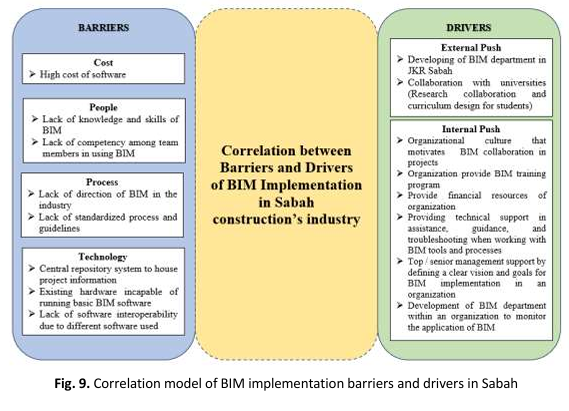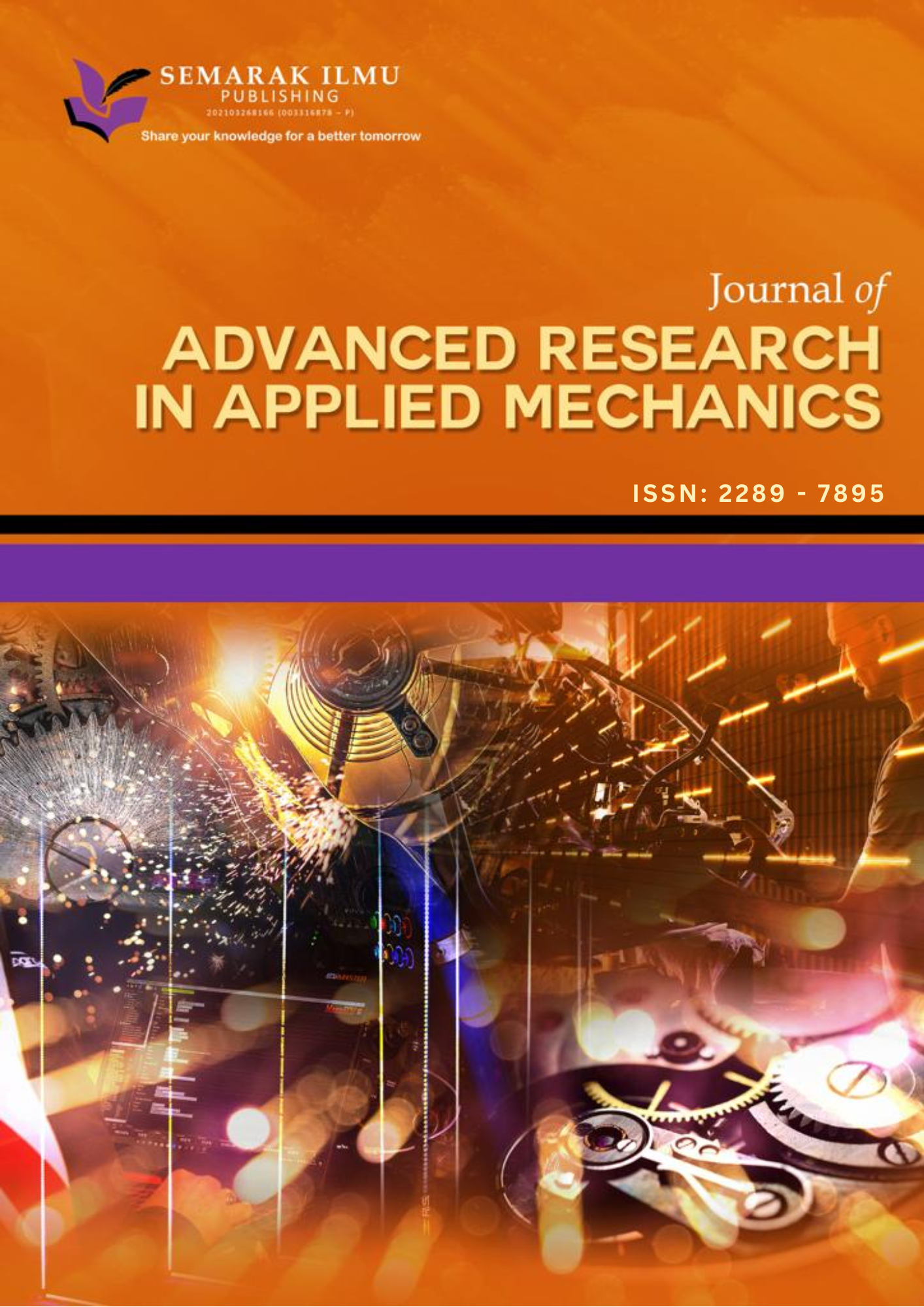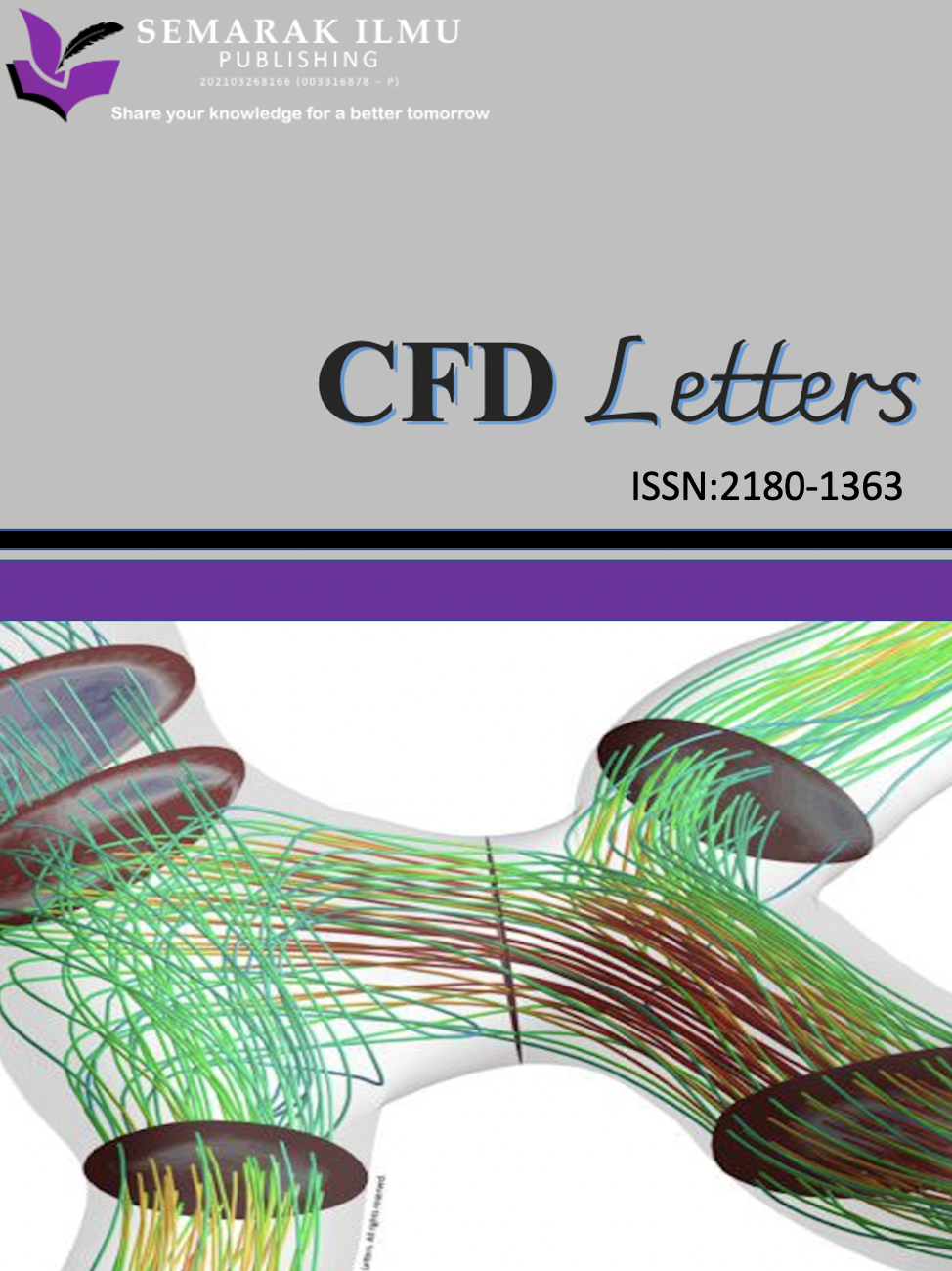Modelling the Relationship of Building Information Modelling Implementation Barriers and Drivers in Sabah Construction Industry
DOI:
https://doi.org/10.37934/ard.135.1.117133Keywords:
building information modelling (BIM), barriers, drivers, correlation, contractors, government regulators, construction, partial least square structural equation modelling (PLS-SEM), Sabah, MalaysiaAbstract
Despite Sabah’s reputation as a rapidly developing state, the number of Building Information Modelling (BIM) performance is significantly lower than the adoption in Peninsular Malaysia. In fact, there was a lack of research explored on BIM specifically in Sabah. Therefore, this research is comprehensively aimed to understand and analyse the dynamics of BIM implementation in the construction industry in Sabah. The objective of the study was to determine the association of barriers that exists in Sabah’s construction industry that prevent BIM from being implemented there. The next stage involved conducting an analysis of the association of drivers that can drive Sabah’s construction industry toward greater adoption in BIM. This study utilized a quantitative approach, collecting data from government regulators and Grade 6 and Grade 7 contractors in Kota Kinabalu, Sabah. A questionnaire was administered to 62 respondents and the data were analysed using PLS-SEM. PLS-SEM was selected for its flexibility in handling diverse data requirements and complex models, offering an alternative to covariance-based SEM. The findings underscored a noteworthy correlation between barriers and drivers of BIM implementation, suggesting that overcoming obstacles is closely tied to advancing factors facilitating BIM adoption. Among the barriers examined, "Lack of direction of BIM in the industry" within the "Process" category emerged as significantly associated. Additionally, the study identified influential driving forces, both internal and external, which serve as catalysts for effective BIM integration. Notably, "Organizational culture that motivates BIM collaboration in projects" within the "Internal Push" category stood out as a significant driving factor.
Downloads























